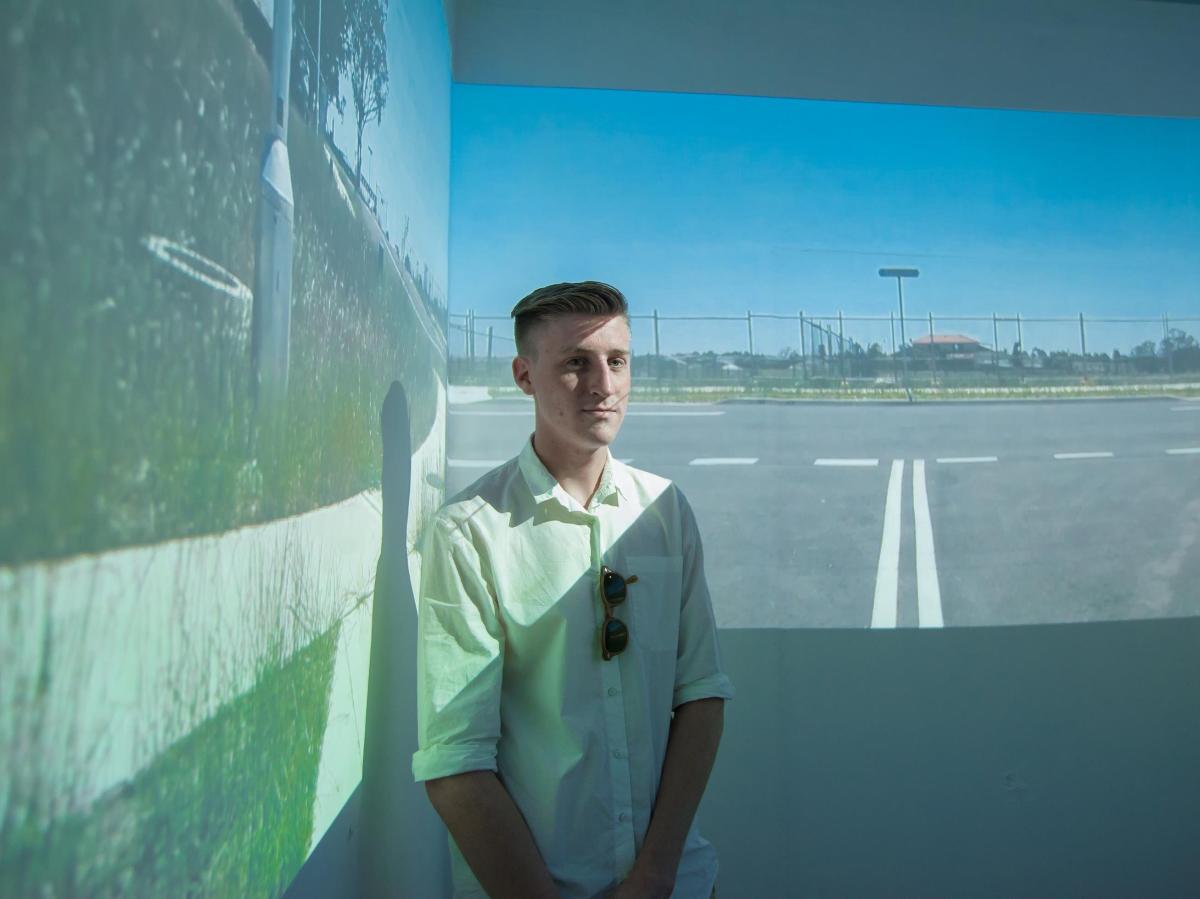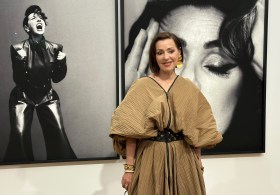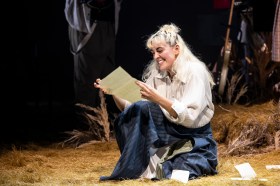Will Normyle, 2016 SCA Degree Show.
Sydney College of the Arts (SCA) at the University of Sydney has unveiled a new undergraduate visual arts curriculum for 2018, featuring a re-formulated Bachelor of Visual Arts and the newly combined four year degree, the Bachelor of Visual Arts and Bachelor of Advanced Studies.
These unique degrees will empower students by allowing them to determine their own visual arts education, enabling them to create a bespoke pathway through the curriculum.
Andrew Lavery, Chair of Department and Director of SCA, told ArtsHub that SCA had been developing the idea of the new curriculum over a number of years with extensive input from staff, students, alumni and the broader arts community.
‘Our secret is our staff; our academics are leading practitioners in contemporary art. Their expertise and industry knowledge feeds into the curriculum and that’s what’s really guiding it,’ Lavery revealed.
THE NEW CURRICULUM
Lavery said SCA is at the forefront of reimagining what a university education entails, providing students with educational choice and real-world knowledge.
‘Since the 1970s, SCA has been leading the education of contemporary, studio based visual arts practice in NSW (as the first tertiary art school established in the state), and with our new, reimagined curriculum, we continue to innovate and evolve to meet with the changing needs and demands of contemporary art and education’ he said.
‘We have assessed the way our courses are delivered – teaching practices and assessments. We have also looked at how students can complement their disciplinary expertise in one area of contemporary art with our large range of electives. This allows them build a course that is appropriate to their direction as an artist.
‘We’re excited to not only tighten up our existing Bachelor of Visual Arts, but to further expand our offering from 2018 to include the new, four year combined Bachelor of Visual Arts and Bachelor of Advanced Studies, as well as a new visual arts major, which students from across the University will have the benefit of accessing during their studies.
‘The Bachelor of Visual Arts and Bachelor of Advanced Studies allows you to choose a second major from more than 90 different study areas across the University. The beauty of that is you can take a major from the Business School, for example, and blend that with your contemporary art education.
‘Due to the innovative nature of contemporary art, you could be blending creative entrepreneurial skills along with business skills or marketing skills. This is something that is very attractive to contemporary employers.’
Students can study such diverse majors as project management, marketing, philosophy, digital cultures or education, Lavery explained. ‘You can choose any one of a number of subjects offered by the Faculty of Arts and Social Sciences, and from across the University.’
New study pathways are only limited by the individual student’s imagination, but the new options don’t mean the SCA has forgotten about more traditional course structures. ‘I think it’s important to mention we still have the traditional disciplinary breadth available. We really value the traditional mediums, but also the more contemporary mediums for the digital sphere.’
‘We have also seen a resurgence in analogue – which is really interesting given we live in an era dominated by digital culture and experience. SCA embraces traditional and analogue mediums, but also leading edge digital mediums. It’s important to us given what students are asking for in their education. There is a lot of room for creativity and innovation by looking at the whole process.’
SCA’s holistic approach to arts education is far broader than just the courses on offer, Lavery added. ‘We have a successful gallery, which presents international artists and also presents student, staff and alumni works. The gallery serves as a lab for our students. They learn how to present work publicly and they also learn about the work within the gallery,’ he said.
‘The students can go and look at some international and contemporary art and process and feed this into their own practice where appropriate. It’s an important learning tool as well as a footprint or a paradigm for them to examine as developing artists.’
ENCOURAGING FUTURE ARTS CAREERS
We’re excited to once again be solidyfing our place at the forefront of visual arts education in Australia,’ said Lavery.
‘We’re equipping our students with the very best training, knowledge and skills essential to ensuring that they thrive in an ever changing contemporary art environment, and broader global workforce too.’
Learn more about the Sydney College of the Arts curriculum and courses here.





